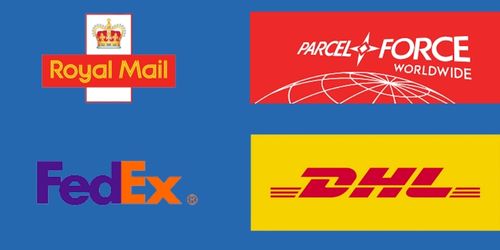Peptide Purification
Currently, peptides are produced on a large scale to meet the rising research requirements. Peptides require proper purification during the synthesis process. Given peptides‘ complexity, the purification method used should depict efficiency. The combination of efficiency and quantity enhances the low pricing of the peptides and this benefits the buyers.
Peptide Purification processes are based on principles of chromatography or crystallization. Crystallization is commonly used on other compounds while chromatography is preferred for the purification of peptides.
Lyophilized Peptides
The type of research conducted determines the expected purity of the peptides. Some researches require high levels of purity while others require lower levels. For instance, in vitro research requires purity levels of 95% to 100%. Therefore, there is a need to establish the type of impurities in the peptides and methodologies to eliminate them.
Impurities in peptides are associated with different levels of peptide synthesis. The purification strategies should be directed towards handling specific impurities to meet the required standards. The purification process entails the isolation of peptides from different compounds and impurities.
Peptide Purification Approach
Peptide purification embraces simplicity. The process occurs in two or more steps where the initial step eliminates the majority of the impurities. These impurities are later produced in the deprotection level. At this level, they have smaller molecular weight as compared to their initial weights. The second purification step increases the level of purity. Here, the peptides are more polished as the process utilizes a chromatographic principle.
Peptide Purification Processes
The Peptide Purification process incorporates units and subsystems which include: preparation systems, data collection systems, solvent delivery systems, and fractionation systems. They also constitute columns and detectors. It is recommended that these processes be carried out in line with the current Good Manufacturing Practices (cGMP). Sanitization is a component of these practices.
Affinity Chromatography (AC)
This purification process separates the peptides from impurities through the interaction of the peptides and ligands. The binding process is reversible. The process involves the alteration of the available conditions to enhance the desorption process. The desorption can be specific or non-specific. Specific desorption utilizes competitive ligands while non-specific desorption embraces the alteration of the PH. Eventually, the pure peptide is collected.
Ion Exchange Chromatography (IEX)
Ion Exchange Chromatography (IEX) is a high capacity and resolution process which is based on the differences in charge on the peptides in the mixture to be purified. The chromatographic medium isolates peptides with similar charges. These peptides are then placed in the column and bind. The prevailing conditions in the column and bind are altered to result in pure peptides.
Hydrophobic Interaction Chromatography (HIC)
The process utilizes the element of hydrophobicity. A hydrophobic with a chromatic medium surface interacts with the peptides. This increases the concentration level of the mediums. The process is reversible and this allows the concentration and purification of the peptides. Hydrophobic Interaction Chromatography process is recommended after the initial purification.
Initially, a high ionic strength mixture is bound together with the peptides as they are loaded to the column. The salt concentration is then lowered to enhance elution. The dilution process can be effected by ammonium sulfate on a reducing gradient. Finally, the pure peptides are collected.
Gel Filtration (GF)
The Gel Filtration purification process is based on the molecular sizes of the peptides and the available impurities. It is efficient in small samples of peptides. The process results in a good resolution.
Reversed-Phase Chromatography (RPC)
Reversed-Phase Chromatography utilizes the principle of reverse interaction of peptides with the chromatographic medium’s hydrophobic surface. The samples are placed in the column before the elution process. Organic solvents are applied during the elution process. this stage requires a high concentration of the solvents. High concentration is responsible for the binding process where the resulting molecules are gathered in their pure forms. The RPC technique is applicable during the polishing and mapping of the peptides. However, the solvents applied during the process cause alteration of the structure of the peptides which hinders the recovery process.
Compliance with Good Manufacturing Practices
Peptide Purification processes should be in line with the GMP requirements. The compliance impacts on the quality and purity of the final peptide. According to GMP, the chemical and analytical approaches applied should be well documented. Proper planning and testing should be embraced to ensure that the processes are under control.
The purification phase is among the last steps in peptide synthesis. The phase is directly associated with the quality of the output. Therefore, GMP places rigorous requirements to act as guidelines in the processes. For instance, the limits of the critical parameters should be established and considered during the purification process.
The growth of the research industry demands pure peptides. The peptide purification process is crucial and hence, there is a need to adhere to the set regulations. With highly purified peptides, the results of the research will be reliable. Thus, compliance with GMP is key to high quality and pure peptides.

